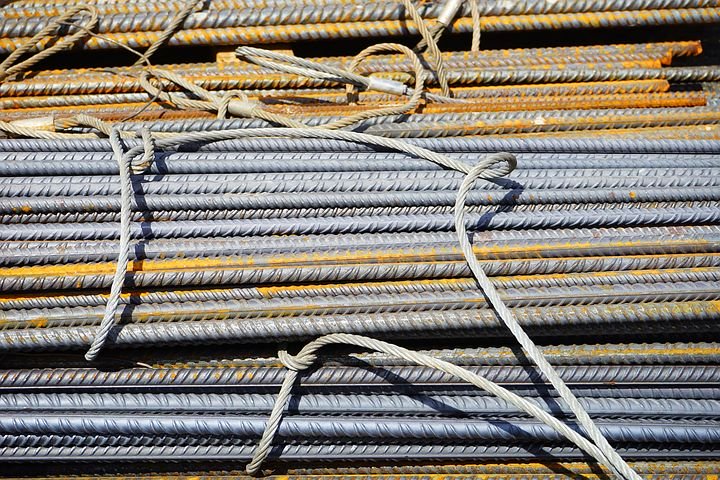
The construction industry in the United States has seen a steady increase over the last 10 years. By 2023 it is expected to have a compound annual growth rate of 4.9% and be responsible for $1.8 billion in transactions. As such a major force in the global market the industry is starting to garner more attention for environmental improvements. Right now construction and buildings account for 39% of all CO2 emissions annually, which is a rate of between 90 – 420 kg CO2e per square meter of building area. Greenhouse gasses, like carbon, contribute to global warming, which has already created negative consequences around the planet. Without a change in emissions the problems are almost guaranteed to get worse in the future. For there to be a successful climate action plan the construction industry needs to be addressed.

Construction has such a high rate of emissions for a few reasons, but the two main emissions sources are the up-front embodied carbon and operational carbon. Up-front embodied emissions in construction encompass emissions from harvesting resources, transporting/manufacturing materials, and the physical construction process. This makes up 11% of all global carbon emissions. The construction industry relies heavily on fossil fuel energy and materials that require a lot of energy to manufacture, like steel which produces 1.9 tons of CO2e per ton of steel produced. Operational carbon emissions are created from the continued energy required to maintain and power buildings. This ranges from air conditioning/heating to lighting and is a continual source of CO2 production.
Up-front embodied CO2 can be reduced through a variety of methods. One of the most effective and easily manageable strategies is to use materials that either require less carbon for production or even absorb carbon. Plant based building materials made from agricultural waste particularly show promise. The waste is already available and normally discarded, plus plants absorb CO2 from the atmosphere, effectively creating a reduction in atmospheric CO2 and offsetting CO2 produced in other aspects of construction. Other options are recycled steel, cellulose insulation, and sustainably harvested wood. Reducing emissions from the actual construction process is more difficult, but still manageable. A focus on efficiency leads to less wasted time, materials, and machine use, which ultimately reduces the amount of CO2 created. Operational carbon emissions can be limited by increasing the energy efficiency of buildings.There are a few different organizations that provide tips, guidelines, and certifications for energy efficiency in buildings, like LEED from the U.S. Green Building Council.

Currently the construction industry puts minimal emphasis on sustainability, but it will play a pivotal role in reducing global CO2 emissions. The quantity of buildings in the world is expected to double by 2060. This means if nothing is changed the quantity of CO2 produced by buildings will double, making it equivalent to 78% of today’s total global CO2 emissions. An important goal for the construction industry to strive for is to reduce emissions by building more carbon neutral buildings. Carbon neutral buildings are designed to produce an overall net CO2 production of 0 or below. They are feasible to build and their cost is slowly becoming closer to that of standard buildings. Builders for Climate Action, a respected organization pushing to make sustainable changes in the construction industry, suggests a good way for companies to integrate these practices into their building designs is to set realistic pathways to slowly integrate them until buildings are completely carbon neutral.
In order to stop climate change before it snowballs out of control it is integral that a timeline to achieve widespread use of carbon neutral building in the next 5 – 10 years is created. Without a serious change in habits the world will steadily see increasing CO2 production, which will lead to many unknown consequences. In many cases government policy is the driving factor for change, but in this case change will take a united effort spearheaded by the industries creating the largest impacts.




